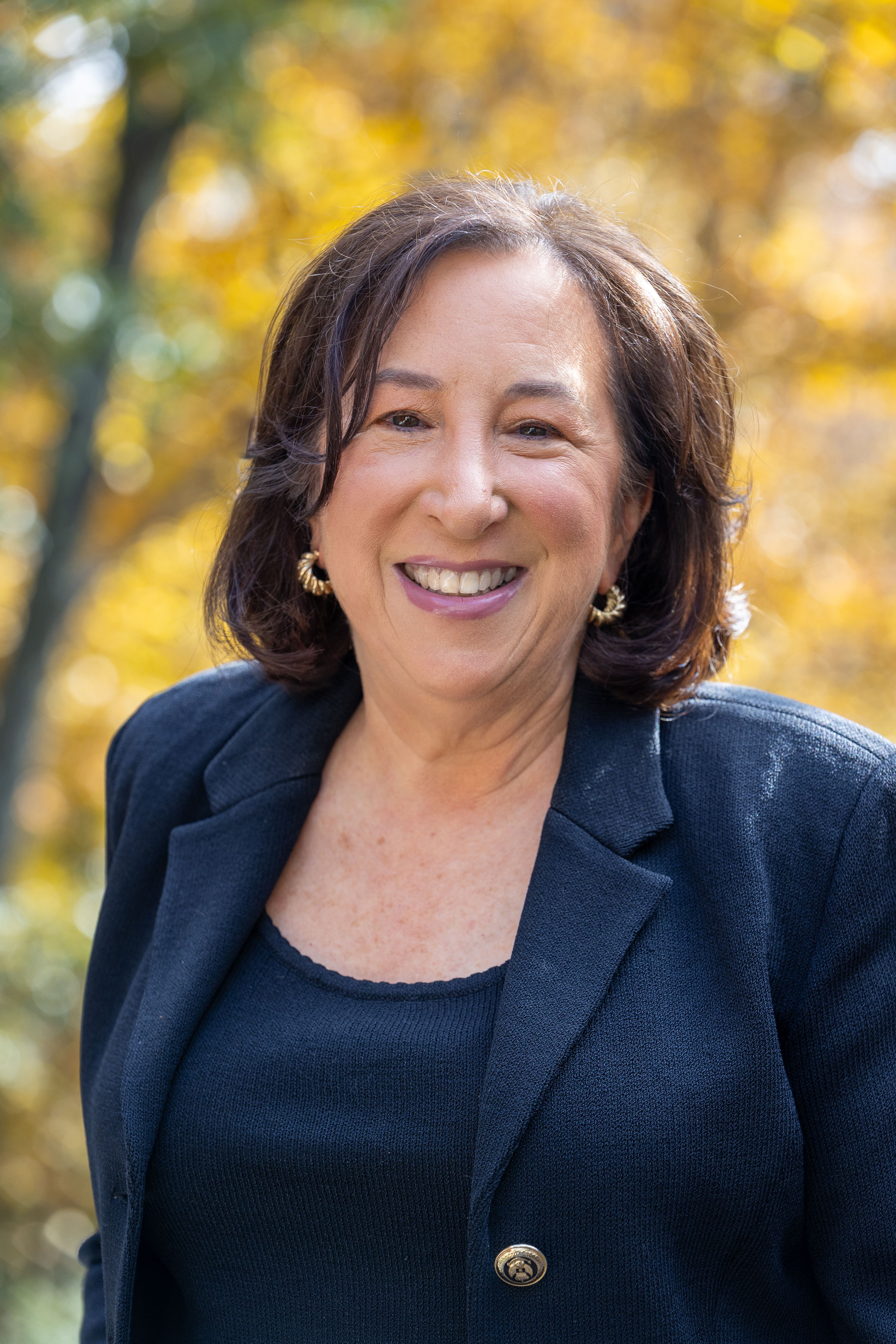How to Conduct More Impactful Patient and Caregiver Advisory Boards
Looking to hold an advisory board? Here are a few suggestions.

I recently helped a client conduct a patient and caregiver advisory board to gather insights about day-to-day life with challenging health conditions, how patients and caregivers seek information and support, and ways the company can help with current and potential future products. No matter how much we read and hear about the impact of health conditions and ever-changing treatment options, advisory boards are one of the best ways to get to know the people our clients and companies support, gather deep insights, and make connections for future engagements.
Looking to hold an advisory board? Here are a few suggestions:
Plan as far in advance as possible. It can take months to get everything in place before you can start identifying, recruiting, screening, confirming and contracting candidates — especially for in-person meetings that require travel. Allow plenty of time for internal compliance reviews, establishing Fair Market Value (FMV) rates, contracting, creating discussion guides and other meeting materials, and securing a venue. Whenever possible, a general rule of thumb is to plan the meeting at least four to six months in advance. Outreach to invite patient and caregiver candidates should start at least eight weeks before the meeting.
Partner with health advocacy groups to recruit patients and caregivers. Groups often keep lists of members who volunteer to share their personal stories and want to hear about new opportunities. Ask advocacy group staff about options for getting the word out through their personal contacts, member emails, newsletters, social media posts and more. Staff may also help screen candidates.
Remember that non-profit advocacy groups have limited budgets and survive on donations and support. Advocacy groups may charge for these services to help cover their costs.
Check out The National Health Council’s patient and caregiver engagement tools.1 You’ll find many helpful tools on their website, including an FMV calculator2 and contracting toolkit3 for advisory boards and other engagements. Gather information about the advisory board and potential participants, including estimated hours for each participant broken down by support needed before, during and after the meeting and reimbursement rates for travel time. Enter information in the portal and your report with recommended FMV rates should be ready within minutes.
Include a peer moderator. Building trust is key to creating a space where participants feel comfortable sharing personal experiences about sensitive topics. Peers are much more likely to disclose their true feelings to another peer with similar experience vs a company representative. We worked with a peer moderator who served as a bridge between participants and company representatives and also provided valuable feedback on the agenda, materials and recruitment strategies. During advisory board discussions, the peer moderator was able to dig deeper, expound, and clarify feelings and responses.
Build in time to strengthen personal connections and boost energy. Hold a welcome dinner for participants to get to know each other before the formal meeting. Pay close attention to the participants who talk to each other, hang out together, or know each other in real life. This knowledge will help you set the seating chart for the next day and separate participants as best you can to help to cut down on cross talk.
Buffets work well after long travel days and encourage mingling. Have participants and company representatives introduce themselves to the group and share why they are attending or what they are looking forward to during the meeting.
Interactive activities help keep the group engaged and energized throughout the advisory board meeting. Ask attendees to raise their hands in response to a few basic questions that don’t require deeper discussion. If time permits, incorporate breakout group exercises like vision boards, where participants create collages to show what’s it’s like to live with their condition and explain their boards to the group.
Close the meeting by asking what worked well and how future advisory boards can be improved. Within a few days of the meeting, send a thank you email with a brief survey to gather more feedback about the overall meeting, agenda, venue, and interest in participating in future company engagements.
Linda Mayer is the Owner and Consultant of Linda Mayer Communications, LLC
References
Addressing Disparities in Psoriasis Trials: Takeda's Strategies for Inclusivity in Clinical Research
April 14th 2025LaShell Robinson, Head of Global Feasibility and Trial Equity at Takeda, speaks about the company's strategies to engage patients in underrepresented populations in its phase III psoriasis trials.
Key Findings of the NIAGARA and HIMALAYA Trials
November 8th 2024In this episode of the Pharmaceutical Executive podcast, Shubh Goel, head of immuno-oncology, gastrointestinal tumors, US oncology business unit, AstraZeneca, discusses the findings of the NIAGARA trial in bladder cancer and the significance of the five-year overall survival data from the HIMALAYA trial, particularly the long-term efficacy of the STRIDE regimen for unresectable liver cancer.

.png&w=3840&q=75)

.png&w=3840&q=75)



.png&w=3840&q=75)



.png&w=3840&q=75)









